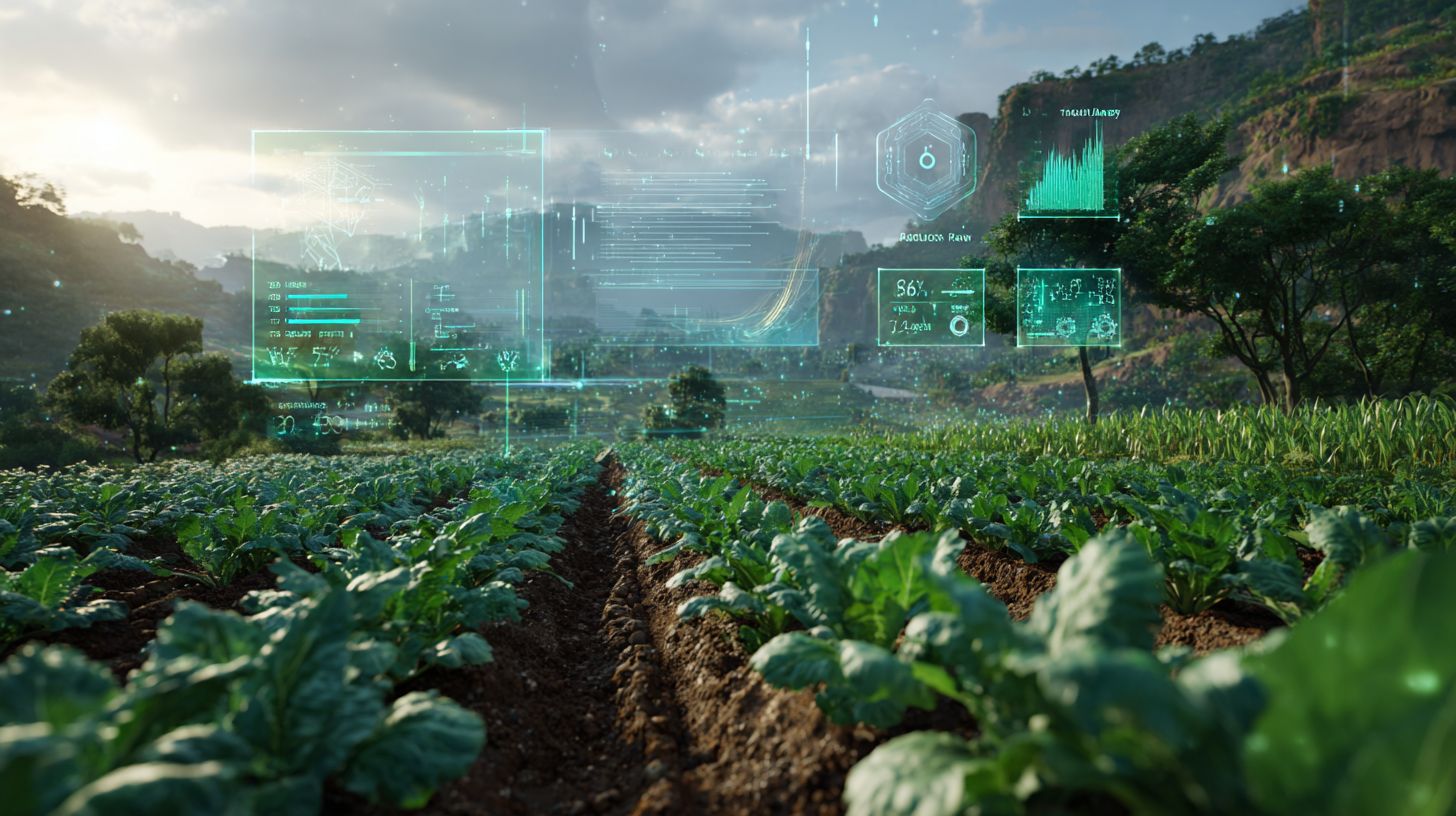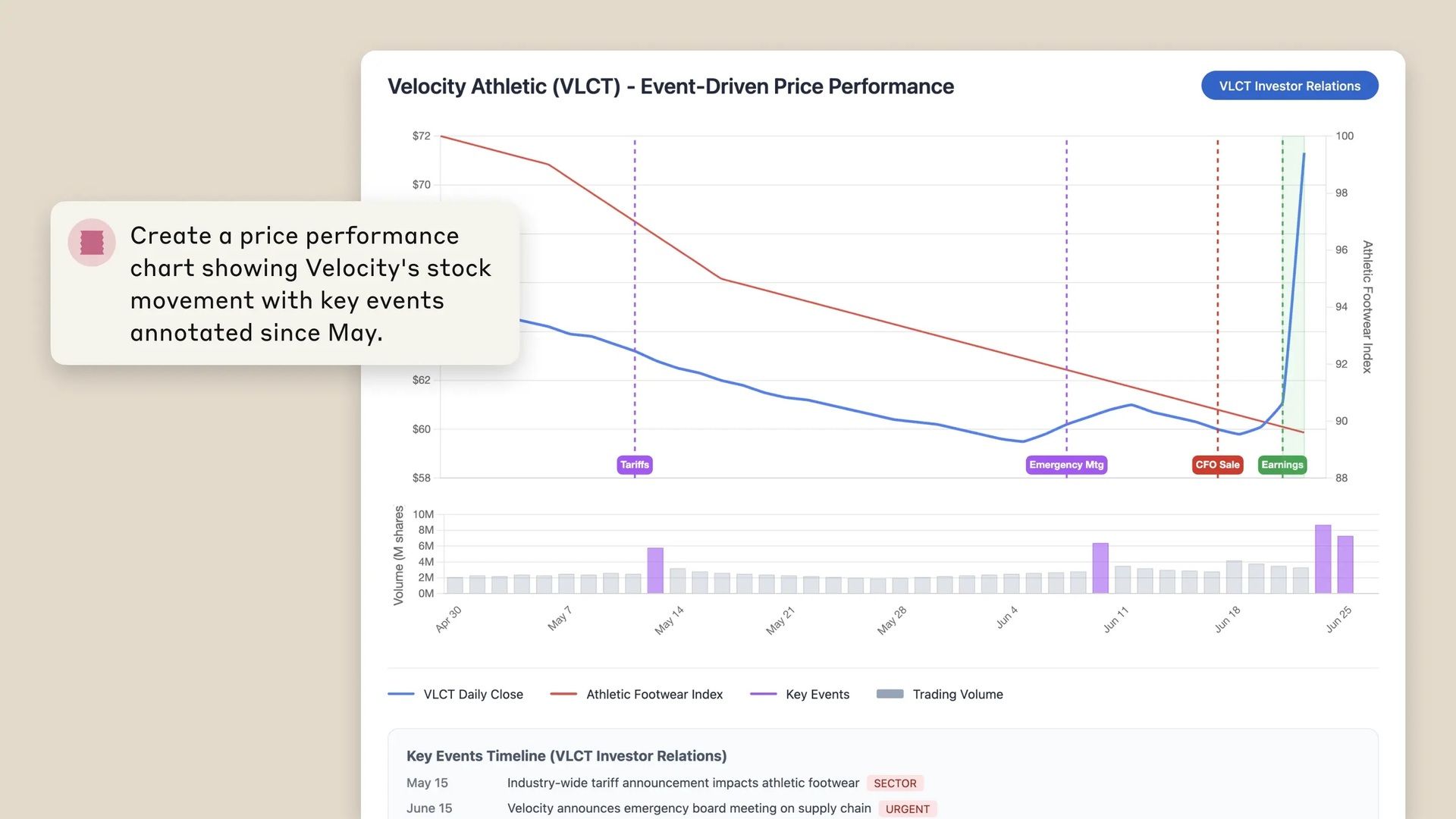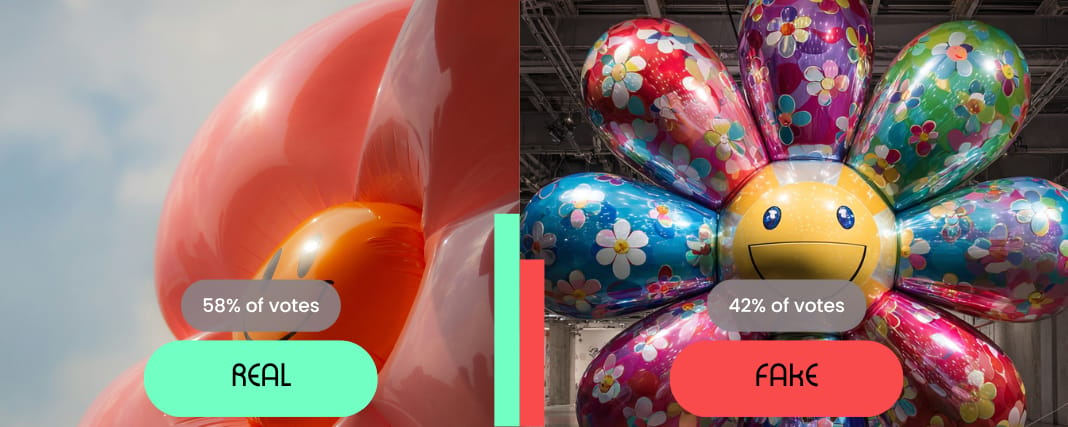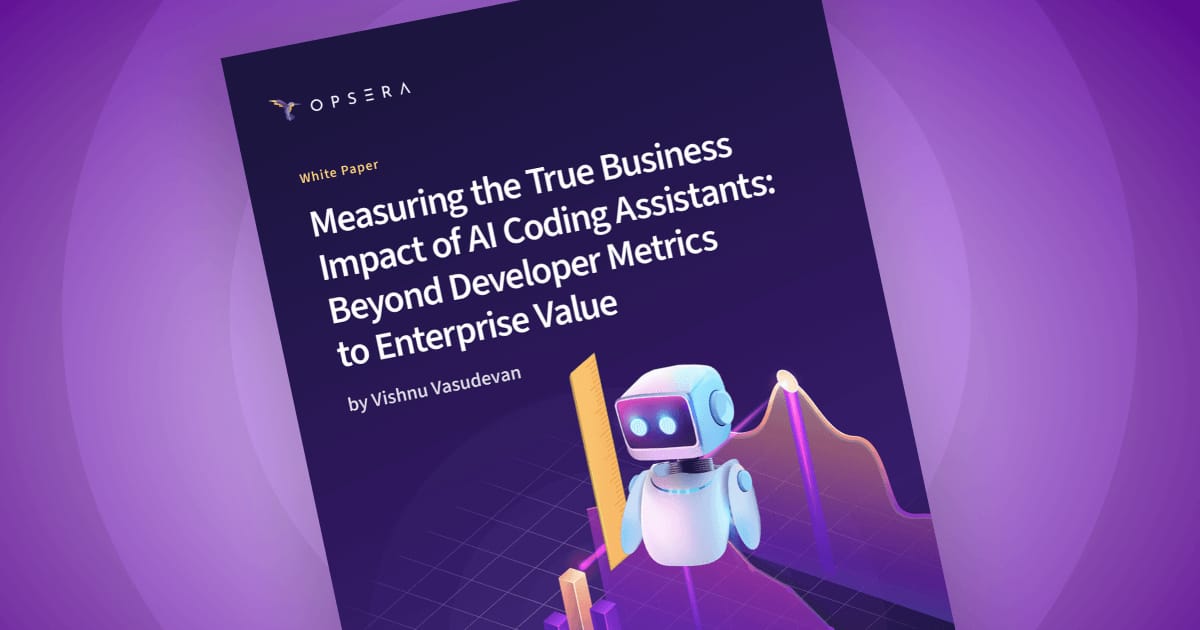- The Deep View
- Posts
- ⚙️ Your ChatGPT follow-ups are destroying the climate
⚙️ Your ChatGPT follow-ups are destroying the climate

Welcome back. Waymo just hit 100 million autonomous miles without a human driver, doubling their mileage in six months through careful expansion across multiple cities. Meanwhile, Tesla is rapidly scaling its robotaxi service despite facing "multiple traffic problems and driving mistakes" after launching with just a dozen Model Y SUVs in Austin. In the autonomous vehicle race, experience beats enthusiasm every time.
In today’s newsletter:
🌽 AI for Good: Smarter crops with explainable AI
💰 Claude has big plans to shape the future of finance
♻️ Many don’t understand AI's true environmental impact
🌽 AI for Good: Smarter crops with explainable AI

Source: Midjourney
A wrong crop choice can devastate a farmer's entire year — and with climate change scrambling traditional growing patterns — that's happening more often than ever.
Researchers have developed a machine learning model that not only predicts which crops will thrive in specific conditions but also explains exactly why. This could potentially transform how farmers make planting decisions worldwide.
The breakthrough lies in combining two powerful approaches. The first is gradient boosting algorithms for prediction accuracy, and the second is explainable AI techniques to demystify the results. Traditional agricultural AI tools operate like black boxes; they provide recommendations without revealing their underlying logic.
This system is different. Trained on comprehensive environmental data including soil nutrients, temperature, rainfall, humidity and pH levels, it achieved 99.27% accuracy while maintaining full transparency about its decision-making process.
Uses LIME methodology to break down which specific environmental factors influenced each crop recommendation
Processes decisions in real-time across different regions and growing seasons
Helps reduce pesticide use by preventing crop-environment mismatches that typically require heavy chemical intervention
Designed for practical deployment in precision agriculture systems
When recommending rice over cotton, for example, the system highlights the exact soil moisture levels, pH readings and temperature patterns that shaped its decision, giving farmers concrete data rather than mysterious algorithms.
Why it matters: As weather patterns become increasingly more unpredictable, farmers desperately need tools that don't just tell them what to plant, but help them understand the science behind smarter agricultural choices.

If Your AI Tools Aren’t Paying Off, Why Are You Paying for Them?
AI coding assistants like GitHub Copilot are speeding things up, but are they delivering business value?
This White Paper from Opsera looks beyond developer productivity to answer the million-dollar question: Is this AI worth it?
What you’ll learn:
Why developer metrics only tell half the story (sorry, velocity fans)
How to measure impact across delivery, innovation, security, and experience
A practical framework to link AI adoption to real enterprise KPIs
Tips to win over skeptical execs with data they’ll care about
Real-world examples of companies doing it right
Download the White Paper or book a demo now.
💰 Claude has big plans to shape the future of finance

Source: Anthropic
Financial analysts spend countless hours jumping between platforms, hunting down source documents and manually cross-checking data — a workflow that hasn't fundamentally changed in decades.
Anthropic is betting it can change that. The company unveiled Claude for Financial Services, a specialized AI platform designed to streamline research, automate financial modeling and verify data with source-level tracking.
Unlike general-purpose AI chatbots, this isn't a standalone tool. Claude integrates directly with live market data feeds and connects to financial databases including PitchBook, S&P Capital IQ, Morningstar and FactSet. The system can analyze company performance, generate investment memos, conduct peer comparisons and summarize earnings calls while maintaining traceable links to every source.
The platform also leverages cloud data warehouses, such as Databricks and Snowflake, to perform Monte Carlo simulations and risk modeling through Claude's code-generation capabilities.
Norway's sovereign wealth fund uses Claude embedded in Snowflake queries to monitor thousands of companies in real time
AIA Labs deploys Claude to help analysts write Python code and create visualizations
Bridgewater, Commonwealth Bank of Australia and AIG have integrated Claude for due diligence and regulatory reviews
The move puts Anthropic in direct competition with established players like Bloomberg Terminal and specialized fintech AI companies already serving Wall Street. It also comes as AI tools targeting financial workflows are gaining traction — we're currently testing Shortcut, an Excel-focused AI agent that recently went viral for completing spreadsheet tasks in minutes rather than hours.
Financial services represent a massive opportunity for AI companies. They’re firms that can afford enterprise-grade solutions and have workflows ripe for automation. But the sector also demands extreme accuracy and regulatory compliance, areas where AI has historically struggled.
Why it matters: If Claude can deliver on its promises of speed and accuracy without compromising compliance, it could reshape how financial analysis gets done.

Your time is valuable. Let’s prove it with a $200 gift card.
Take 30 minutes to get to know Melio and we’ll give you a $200 gift card—no strings attached.
Melio simplifies your business payments with:
Paying bills by card—even where cards are not accepted.
Earning credit card points and rewards for paying business bills.
Free monthly ACH payments.
2-way sync with QuickBooks and Xero.
AR invoicing, and much, much more…


The government wants AI to fight wars and review your taxes
Mistral debuts Voxtral, an open-source AI model for audio
Mira Murati’s Thinking Machines finalizes $2B in funding from a16z
Google pours $25B into data centers across America’s largest grid
NVIDIA and AWS team up to speed up gen AI with Dynamo on EKS
Apple inks $500M deal with US-based rare-earth mine operator MP Materials
US AI startups see a funding spike while VCs tighten the purse strings
Broadcom’s new Tomahawk chip takes aim at NVIDIA in the AI arms race


♻️ Many don’t understand AI's true environmental impact

Source: Midjourney v7
Every time you ask ChatGPT a follow-up question, you're triggering an exponential multiplication of carbon emissions that most users never see coming.
The core problem lies in how AI processes conversations. Unlike a simple web search that handles one query independently, every time you send a follow-up prompt in a chat, the AI reprocesses the entire conversation history — every past message, every token, every time.
This creates what computer scientists call quadratic scaling, where computational costs increase exponentially with conversation length. The attention mechanism in transformers requires calculating scores between each token and every other token, meaning memory and computational complexity scale quadratically with input sequence length.
The math is stark:
A 1,000-token chat requires 1 million attention calculations
A 10,000-token chat requires 100 million
A 100,000-token chat requires 10 billion
Recent research testing 14 large language models found that complex questions produced up to six times more carbon dioxide emissions than simple ones, while "smarter" models with more reasoning abilities produced up to 50 times more emissions than simpler systems to answer the same question.
Your tenth prompt in a long conversation thread may carry 10 to 100 times the computational cost of your first one. Researchers estimate that a ChatGPT query consumes about five times more electricity than a simple web search, while one query uses approximately as much electricity as could light one light bulb for about 20 minutes.
A University of Cambridge report warns AI growth could raise tech sector energy use 25-fold by 2040, straining power grids and undermining climate targets. Meanwhile, Google and Microsoft report surging greenhouse gas emissions as they double down on AI, despite both companies having ambitious net-zero goals.
Data centers account for about 1.5% of global emissions currently, but that figure could grow to 8% by 2040, exceeding current aviation emissions. Goldman Sachs estimates data centers will be using 8% of total U.S. power by 2030, up from 3% in 2022.
Big Tech companies are deliberately vague about AI's energy requirements, leaving policymakers in the dark about the climate harms, said Bhargav Srinivasa Desikan, the lead author of the Cambridge report.
Google, despite claiming carbon neutrality since 2007 through offsets, wrote in its 2023 sustainability report that it was no longer "maintaining operational carbon neutrality" due to AI expansion
Microsoft, which pledged to be carbon negative by 2030, has similarly seen emissions surge
The Green Software Foundation, led by Executive Director Asim Hussain, has been working to educate developers about these hidden costs. In a recent LinkedIn post, Hussain credited researcher Nate Jones for helping illuminate how most people — including himself — had underestimated the quadratic scaling problem.
Approaches to reduce AI's environmental impact are emerging. Users can open focused chats for different tasks and front-load prompts with context to avoid long exchanges. Companies are developing linear attention mechanisms to replace quadratic scaling, though these often sacrifice accuracy. The UN Environment Programme recommends standardized procedures for measuring AI's environmental impact.
The accountability gap remains massive. Only 12% of executives using generative AI are measuring its environmental impact, while 42% are re-examining climate goals due to AI adoption.

The quadratic scaling problem reveals a fundamental tension in AI development. Every major AI company has built flagship products around an architecture that penalizes extended conversations — the exact behavior their user interfaces encourage.
ChatGPT, Claude and Gemini optimize for engagement metrics like conversation length, yet each follow-up question carries exponentially higher environmental costs. Companies measure success by the behavior that's most carbon-intensive.
But this also presents an opportunity. Understanding the math behind AI emissions transforms sustainability from vague corporate pledges into specific engineering problems. Users who treat AI like a search engine — focusing on queries rather than meandering chats — dramatically reduce their footprint without sacrificing functionality.
The real test will be whether companies design for environmental efficiency or engagement maximization. Those aren't always the same thing.


Which image is real? |



🤔 Your thought process:
Selected Image 1 (Left):
“This was tough, but you can see the reflection of a person, maybe the photographer, in this image.”
“The reflections of the buildings in the balloon are what convinced me that this was the real image.”
Selected Image 2 (Right):
“I thought the lighting in [the other image] looked wonky. I guess not...”
“[This image] looks sharp, much like a photo of a real object.”
💭 A poll before you go
How do you feel after learning that long AI chats multiply carbon emissions exponentially? |
The Deep View is written by Faris Kojok, Chris Bibey and The Deep View crew. Please reply with any feedback.
Thanks for reading today’s edition of The Deep View! We’ll see you in the next one.
P.S. Enjoyed reading? Take The Deep View with you on the go! We’ve got exclusive, in-depth interviews for you on The Deep View: Conversations podcast every Tuesday morning. Subscribe here!
P.P.S. If you want to get in front of an audience of 450,000+ developers, business leaders and tech enthusiasts, get in touch with us here.


